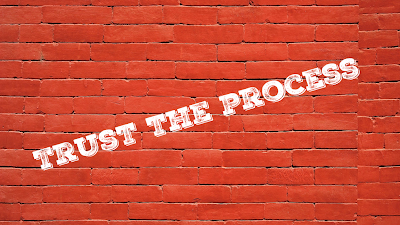"My brain and body aren't friends. They don't like to say sorry to each other". This is what my six year old client said to me as we sat outside on the step. He had been having a difficult time during our session and this young child was trying to articulate a confusing concept to a six year old- that his brain and body don't feel connected.
He was trying to tell me that when his brain wants his body to do something (or vise versa) it doesn't always seem to work. They aren't "friends" and don't even "say sorry". To me, this meant they don't work well together and don't even seem to care.
This statement hit me hard. To him, his brain and body aren't working well together. And for me-well, I'm doing my best to help his brain and body become friends. I explained to him that the work and play we do at Brain Fit can help. That the work and play will help his brain and body work together better. And that when that happens- things would be easier. I'm not sure how much he believed me though, and why should he? What he knows is what he feels, and what he feels is that two different parts of his body are fighting each other.
We were working on the STNR (Symmetrical Tonic Neck Reflex) that day. The STNR is a transitional reflex. Its primary purpose is to get the baby into the crawling position and it should have a very short life span.
However, one of the potential effects of a retained or unintegrated (not finished) STNR, is not being able to easily isolate the top half of the body from the bottom. This is exactly what this child was having trouble with-isolating the top half of his body from the bottom. He couldn't isolate his top half in order to push my Big Green Ball with both hands simultaneously.
And that is exactly when he felt like his brain and body weren't friends. His body was trying to fight the reflex activity. It was going against what the brain was telling it to do. It was going against the motor pattern that was still neurologically connected in his brain. The STNR Primitive Reflex was still active and was making his brain and body "fight", and not even "apologize".
I feel confident that as I continue this work with him we will continue to see improvements. I know that by integrating his primitive reflexes it's like the equivalent of a peace treaty between his brain and body. A sort of "shake hands and make up" kind of thing.
And I know that once his brain and body "make up" and say "sorry" to each other, life will be easier for this little guy.
And that is what I want for him.














